SUMMARY
This is AI generated summarization, which may have errors. For context, always refer to the full article.
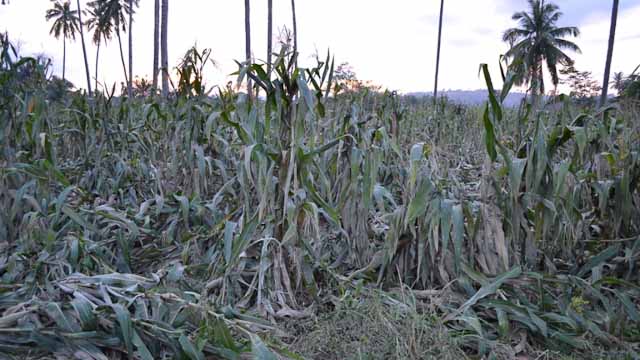
CAGAYAN DE ORO CITY, Philippines – Construction worker, Francis Abuhan, his family and some neighbors were sitting on bamboo mats in the road. Their precious belongings lay around them: a television set, video recorder, rice and some cooking equipment, clothes and other personal possessions. Their damaged homes stood in a muddy flooded field next to them.
One man lay prostrate, his feet raised and dangling on the television set.
Everyone looked exhausted.
Francis explained they’d been there since 5 in the morning – returning to their homes in Cagayan de Oro City, Northern Mindanao, to try to repair their homes and scoop out mud. They hoped to be able to move in later that night, he said.
The city was one of the areas worst-hit by tropical storm “Sendong” last year. It was also hit by Typhoon “Pablo” this year. When Sendong made landfall in northern Mindanao last year, it dumped more than a month’s worth of average rainfall in just 12 hours, sparking flash floods in the middle of the night and trapping hundreds of thousands of residents.
Francis, like many others, heeded early warning signals this time, panicked by talk of an approaching super typhoon, and took shelter in a temporary evacuation centre. Last year, his home was totally destroyed.
“Water reached the ceiling of the second floor of the house,” he recalled. “We stayed on the roof from 11 pm to 1 am, then we climbed to safety in the trees and spent the night in the trees. We thought we would die.”

“The government was well-prepared this time. There were teams of officials going from house to house, using loud speakers and telling people to evacuate. Officials took us to the evacuation center. Last year, there were only centers for people to stay after the storm hit, not before,” he said.
Even though it will take some time before basic services, like electricity and water, are restored to his village, Macasandig, Francis said he and others had learned a lot of lessons from their previous traumatic experience.
“We learned we needed to be prepared; if the government says we need to evacuate, we will and we did. Last year we didn’t leave our houses. We didn’t think anything would happen. Sendong was a big lesson for us.”
Risk reduction
Aid agencies like Oxfam who responded to last year’s disaster also worked with communities to explain the importance of what’s known as disaster risk reduction and preparedness. Communities and local government authorities were taught about the importance of installing early warning systems, the need for families to prepare basic medical kits, water and canned and dry food stocks, to keep flashlights and phones charged in case of an impending emergency; to build their homes with sturdier materials and on higher ground.
In the aftermath of Typhoon “Ondoy” in 2009, Oxfam was also vocal in lobbying for a national disaster management plan known as the Philippine Disaster Risk Reduction Management Act of 2010. The new law was aimed at codifying a shift in the response of local authorities toward risk reduction, rather than solely relying on response and relief.
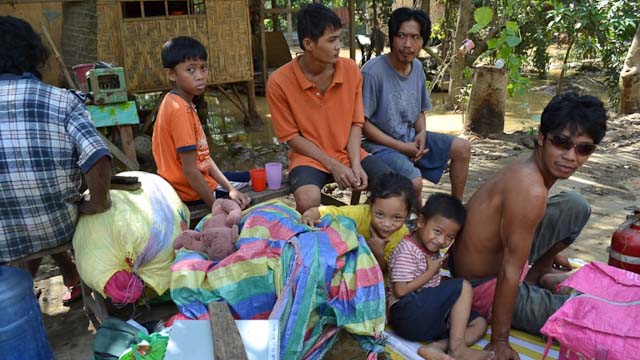
Engineer Armen A Cuenca, the deputy in charge of Cagayan de Oro’s disaster risk reduction management office, said better preparations this year were one of the reasons there were zero casualties in the city, which has a population of around 700,000. The authorities here installed an early warning system from the Department of Science and Technology, giving them the ability to give out accurate information quickly.
“Because of the right information now, using science and technology; using early and timely decision-making and having dedicated disaster risk reduction workers, we had no casualties.
“We have improved our in-house protocols at village level,” he explained. “When we order pre-emptive evacuation, all of our fire trucks are used to sound sirens in high risk areas so everyone is notified. We used all media broadcasts for immediate dissemination of information. Now…we can have our community, Cagayan de Oro city, be a more resilient city.”
Disaster preparedness
Not far away, in the village of Calaanan, Minda Piquero shows me the emergency kits she’d prepared when she heard Typhoon Sendong was approaching. She spent much of last year living in a tent after her home was washed away. She was relocated here and newly housed by the government.
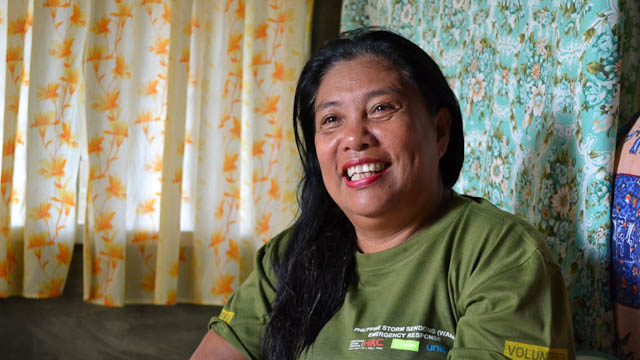
Oxfam and its partners, the Humanitarian Response Consortium, 4 local humanitarian organizations supported by Oxfam, worked with the community here, providing emergency and longer term support, including disaster risk reduction training.
Last year, Minda admitted that she ignored government warnings to evacuate and tells me she lost everything in the floods – even her underwear was washed away. This time, she said, she was well-prepared.
“It’s better now we are on higher ground. We feel safer and know we have had preparedness training and can take action. We feel more confident in facing emergencies.”
Even so, she admits that many were fearful when they heard a typhoon was approaching. “The fear we faced when the storm approach came back. Preparedness is better; if you are panicking, you can do nothing. We prepared ourselves for whatever would happen.”
“Because of the training on disaster preparedness that we got, we had knowledge, a better idea of what to do to prepare for disaster. Even though some people still panicked, we were prepared.” – Rappler.com
Caroline Gluck is Oxfam’s Humanitarian Press Officer who is on a research visit in the Philippines.
Add a comment
How does this make you feel?
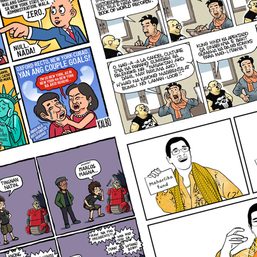


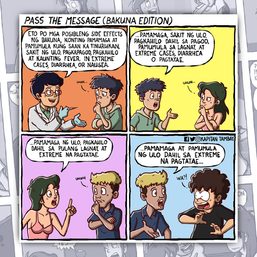

There are no comments yet. Add your comment to start the conversation.